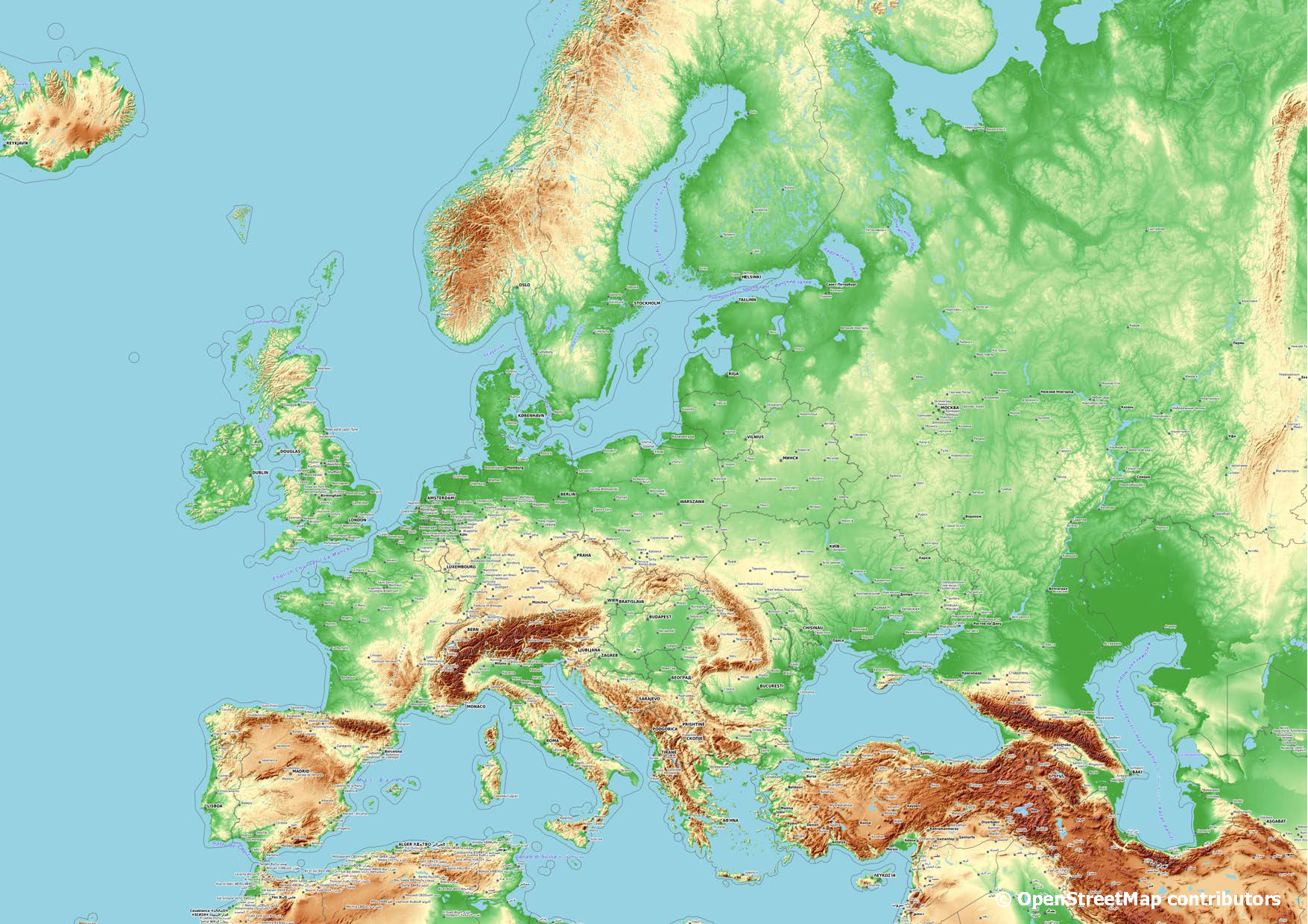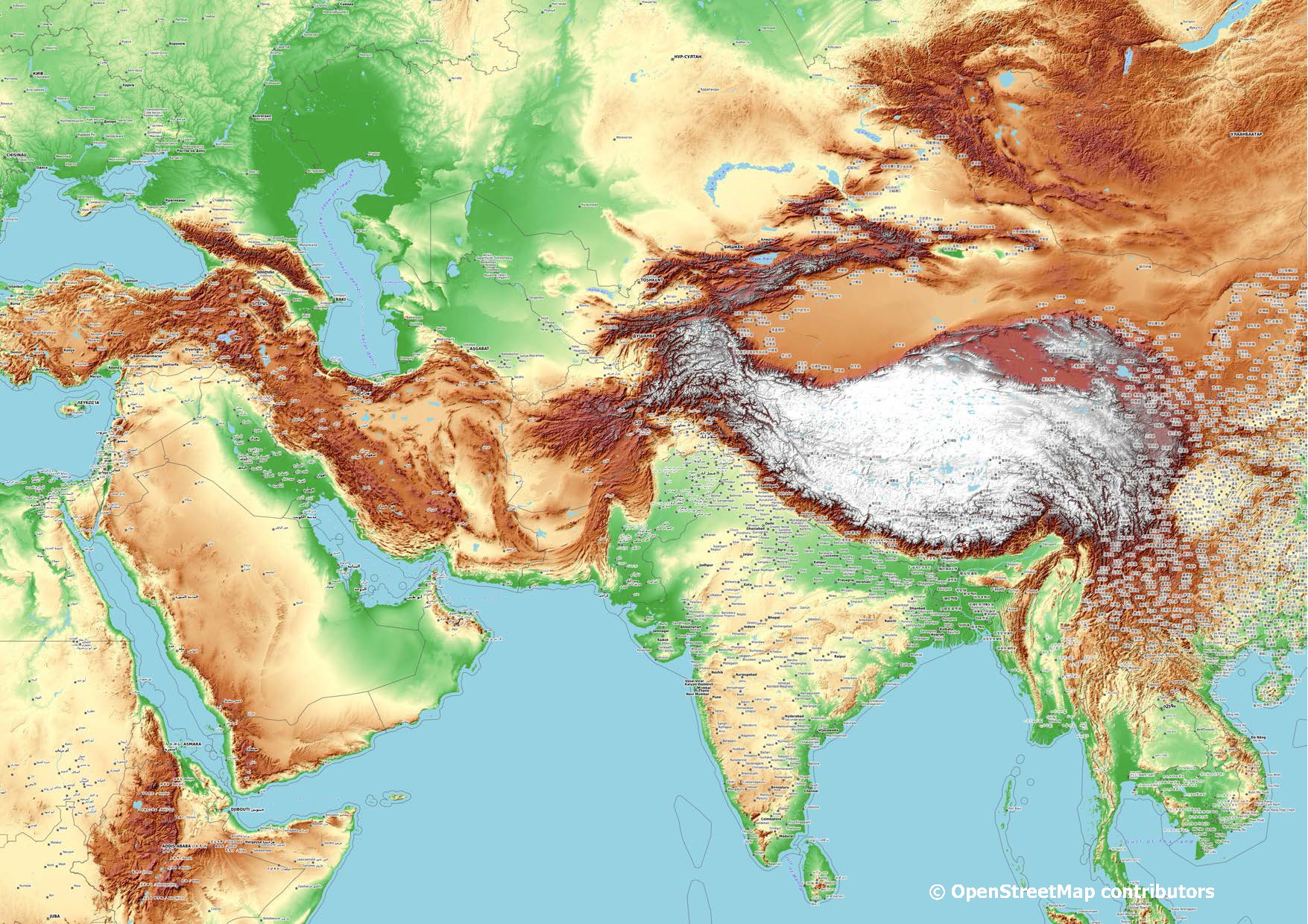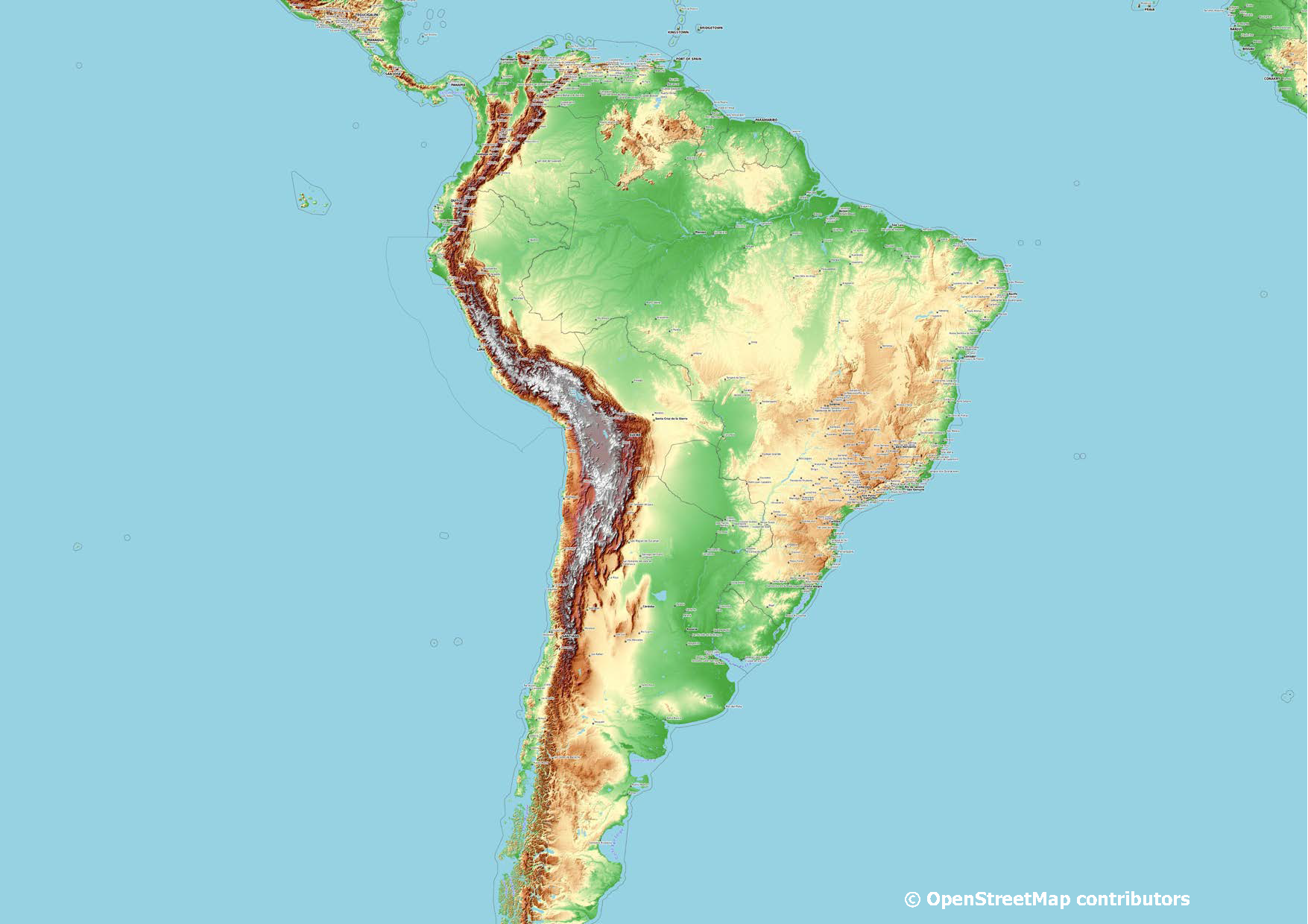The situation in North America
In Canada, the federal legislation does not cover any odour regulations from industrial or agricultural facilities. However, individual provinces and territories have an obligation for odour regulations. Legislations define odour in different ways, such as a pollutant, contaminant, type of substance, nuisance, or an odorous substance and odorous contaminant. Legislations also allow for an odour to be defined by its effects, which include being a contaminant that causes an adverse effect. A summary of regulations by Canadian provinces can be found in Bokowa et al. (2021).
In the United States, the Environmental Protection Agency (EPA) does not regulate odour as a pollutant; therefore, odour regulations are often found within specific states and local jurisdictions. For individual states, state departments are in charge of enforcing odour rules or regulations issued by state legislatures. In the absence of odour regulations, citizens and communities can use basic “common law” nuisance lawsuits. However, exclusions and exemptions, such as “right-to-farm” laws and vague definitions of “nuisance”, can sometimes make nuisance actions difficult and expensive to prosecute.
As of 2018, odours were most commonly regulated through the method of field olfactometry. Ten states currently utilise a Scentometer (D/T method) field olfactometry limit for their odour regulation: Colorado, Connecticut, Delaware, Illinois, Kentucky, Missouri, Nevada, North Dakota, West Virginia and Wyoming.
In the United States, the Environmental Protection Agency (EPA) does not regulate odour as a pollutant; therefore, odour regulations are often found within specific states and local jurisdictions. For individual states, state departments are in charge of enforcing odour rules or regulations issued by state legislatures. In the absence of odour regulations, citizens and communities can use basic “common law” nuisance lawsuits. However, exclusions and exemptions, such as “right-to-farm” laws and vague definitions of “nuisance”, can sometimes make nuisance actions difficult and expensive to prosecute.
As of 2018, odours were most commonly regulated through the method of field olfactometry. Ten states currently utilise a Scentometer (D/T method) field olfactometry limit for their odour regulation: Colorado, Connecticut, Delaware, Illinois, Kentucky, Missouri, Nevada, North Dakota, West Virginia and Wyoming.




